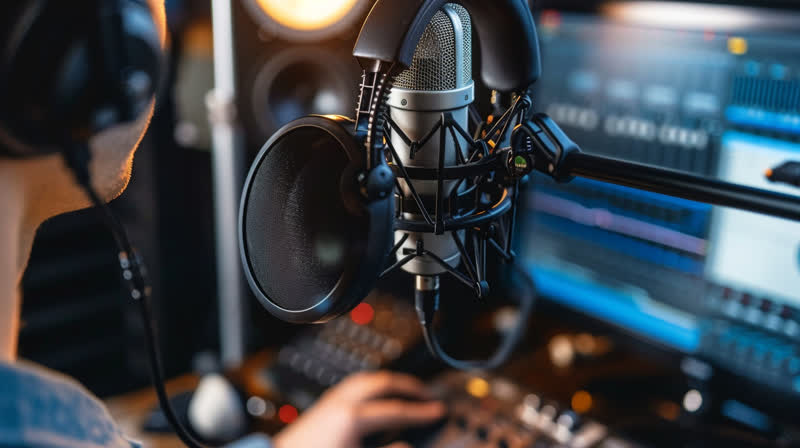Starting a podcast can be an exciting venture, but it can also be overwhelming, especially for those who are new to the world of audio production. With the rise of podcasting, more and more people are looking to share their ideas, stories, and expertise with the world. In this article, we will guide you through the process of starting a podcast, from planning to publishing.
Step 1: Define Your Podcast's Niche
Before you begin recording, it's essential to define your podcast's niche. What topic do you want to focus on? Who is your target audience? What sets your podcast apart from others in the same category? Answering these questions will help you create content that resonates with your listeners and establishes your authority in the field.
Step 2: Choose Your Equipment
While you don't need the most expensive equipment to start a podcast, you do need some basic tools. Here are the essentials:
- Microphone: You can start with a USB microphone like the Blue Yeti or the Rode NT-USB.
- Headphones: Good-quality headphones will help you monitor your audio and catch any mistakes.
- Pop Filter: A pop filter reduces plosive sounds and helps with audio quality.
- Boom Arm: A boom arm helps you position your microphone correctly.
- Recording Software: You can use free software like Audacity or invest in a paid option like Adobe Audition.
Step 3: Plan Your Content
Once you have your equipment, it's time to plan your content. Develop a content calendar to help you stay organized and ensure consistency. Decide on the format of your podcast, whether it's an interview-style show, a solo show, or a panel discussion. Create an outline for each episode, including the topics you'll cover and the guests you'll feature.
Step 4: Record Your Episodes
Now it's time to start recording. Find a quiet space with minimal background noise, set up your equipment, and hit record. Speak clearly, and try to relax. Remember, it's okay to make mistakes – you can always edit them out later.
Step 5: Edit and Publish Your Podcast
After recording, it's time to edit your episode. Use your recording software to remove any mistakes, add music or sound effects, and enhance the audio quality. Once you're happy with your episode, it's time to publish. You can host your podcast on platforms like Anchor, Buzzsprout, or Podbean, and then submit it to popular directories like Apple Podcasts and Spotify.
Conclusion
Starting a podcast takes time and effort, but with persistence and dedication, you can create a high-quality show that resonates with your audience. Remember to stay focused, be patient, and keep learning. Good luck!







